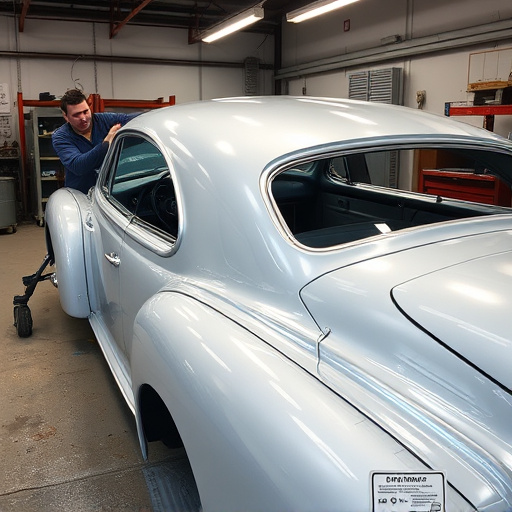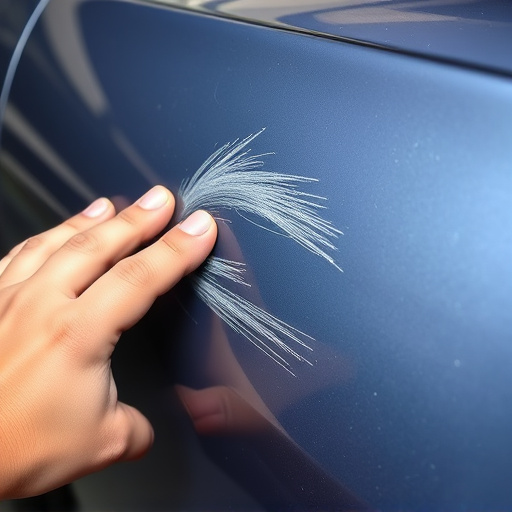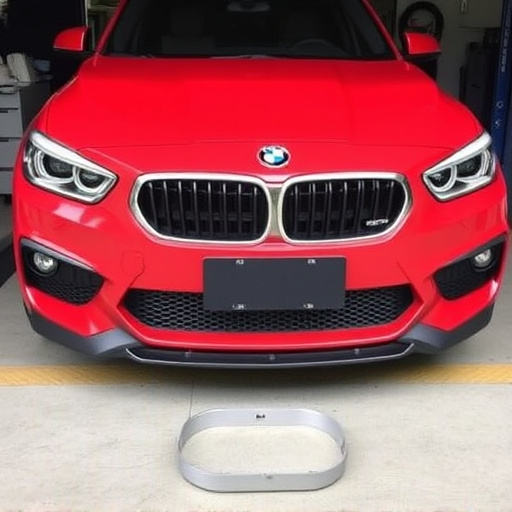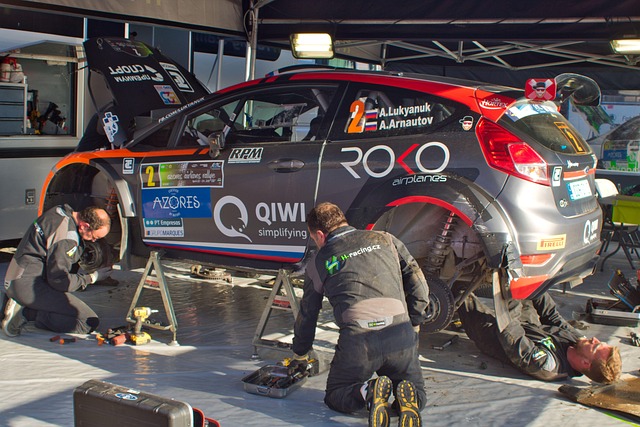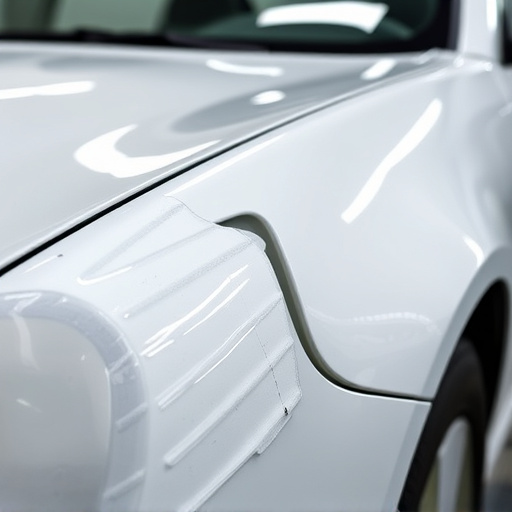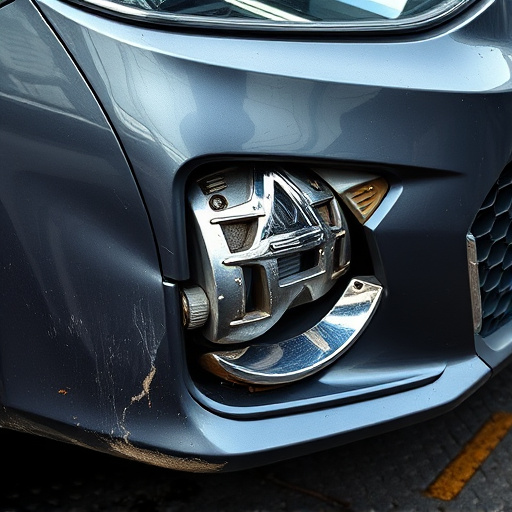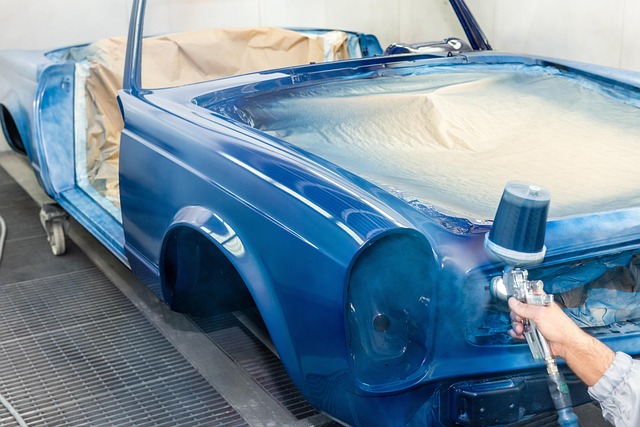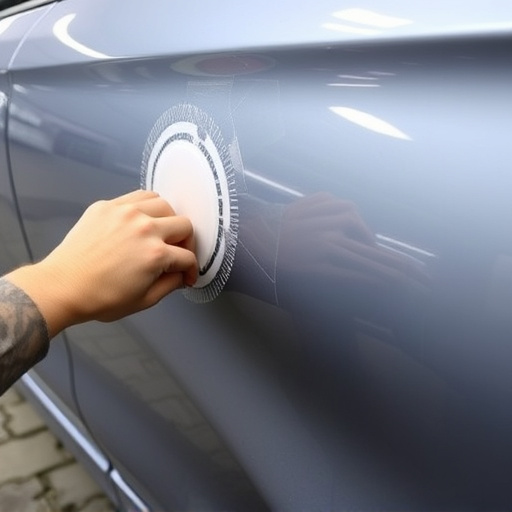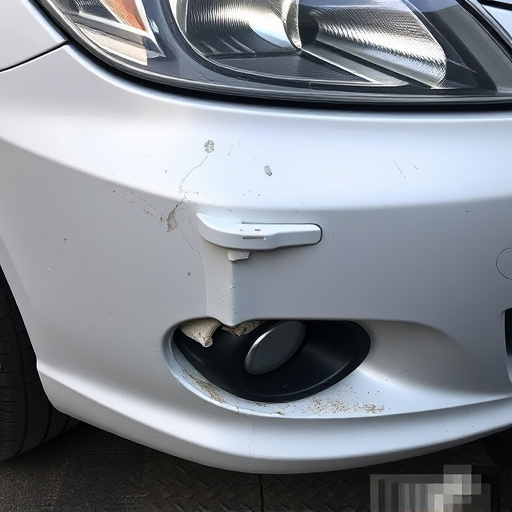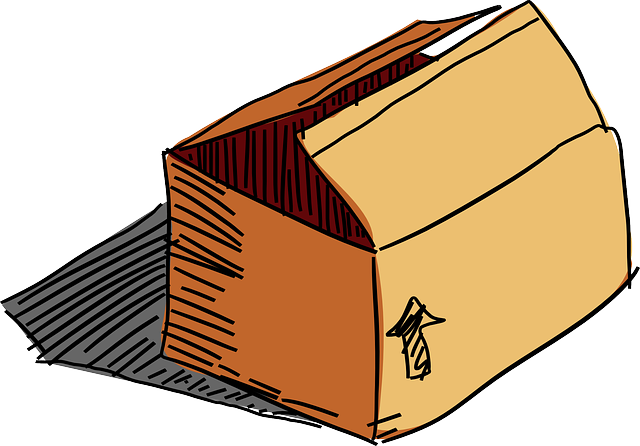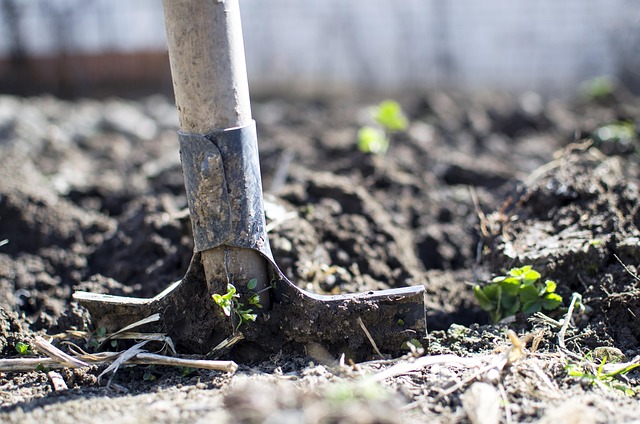Selecting the right adhesive is key to successful and lasting rear window repair in auto services. Cyanoacrylate offers quick bonding for immediate fixes, while polyurethane ensures weather resistance and flexibility. Factors like climate, material compatibility, and stress levels determine bond strength. Proper surface preparation, following manufacturer guidelines, and addressing pre-existing damage ensure durable repairs that look good and last after incidents.
Adhesives play a critical role in the success of rear window repairs, ensuring structural integrity and optimal performance. This comprehensive guide explores the key aspects of adhesive selection and application for rear window repairs. We delve into different adhesive types, their unique properties, and how to choose the right one for your needs. Additionally, we discuss essential application techniques and factors influencing the longevity of these repairs, providing valuable insights for achieving lasting results in rear window replacement.
- Understanding Adhesive Types for Rear Window Repair
- Application Techniques to Ensure Successful Adherence
- Factors Affecting Longevity of Rear Window Repairs with Adhesives
Understanding Adhesive Types for Rear Window Repair
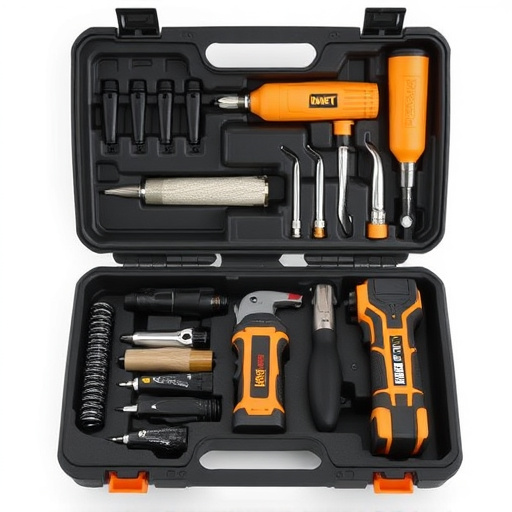
When it comes to rear window repair, understanding the different adhesive types is key to ensuring a successful and durable fix. The market offers a variety of adhesives specifically designed for automotive applications, each with unique properties tailored to meet the demands of vehicle repair services. One common type, cyanoacrylate, is known for its incredibly strong bond strength and rapid curing time, making it popular for quick auto glass repair. This adhesive forms a nearly indestructible seal, ideal for replacing cracked or shattered rear windows.
Another type, polyurethane adhesive, offers excellent flexibility and resistance to weather conditions, which is crucial for maintaining the structural integrity of the vehicle during varying climates. It’s versatile and suitable for various types of auto glass repairs, including those involving composite materials. Choosing the right adhesive requires considering factors like climate, material compatibility, and desired bond strength, ensuring a seamless integration in automotive repair processes.
Application Techniques to Ensure Successful Adherence
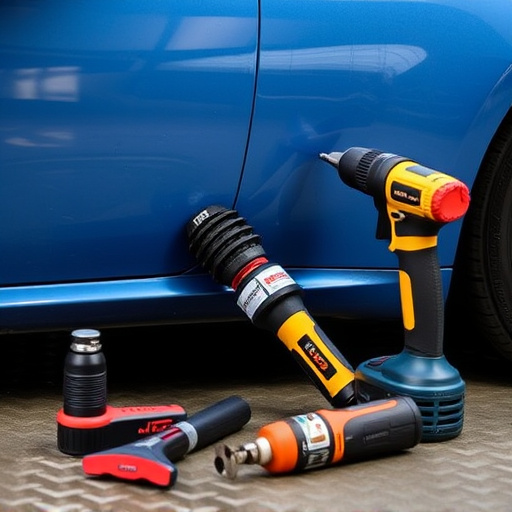
The successful application of adhesives is key to the longevity of rear window repair. To ensure optimal adherence, several techniques must be employed. First, proper surface preparation is paramount. This involves cleaning and decontaminating the area around the damaged window, removing any debris or foreign substances that could hinder adhesion. Roughening the surface with a light abrading process can also improve bonding strength.
Second, utilizing the correct adhesive for the specific rear window repair scenario is essential. Different adhesives are formulated to handle varying levels of stress and environmental exposure. For instance, a robust, weather-resistant adhesive may be necessary for vehicles frequently exposed to harsh weather conditions. Moreover, professional applicators should follow manufacturer guidelines regarding application temperature, pressure, and time to ensure the adhesive achieves its maximum bonding potential, thereby securing a sturdy and lasting auto glass replacement or repair in car bodywork services.
Factors Affecting Longevity of Rear Window Repairs with Adhesives
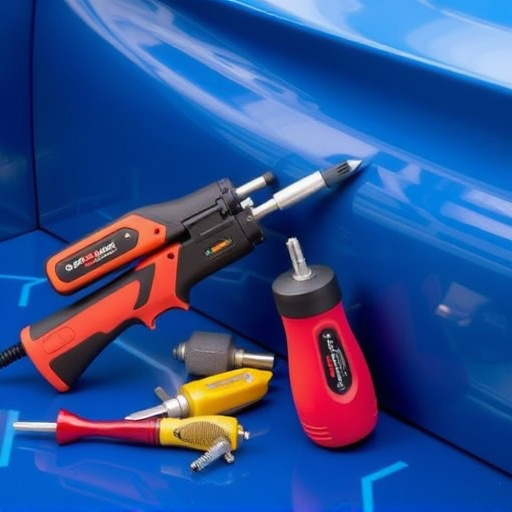
The longevity of rear window repairs using adhesives is influenced by several key factors. One of the primary considerations is the quality and compatibility of the adhesive used. Different adhesives have varying bond strengths and weather resistances, so choosing an appropriate one tailored to automotive glass repair is essential. Extreme temperatures can also impact the durability of the repair; heat or cold can cause the adhesive to set improperly or weaken over time, respectively.
Another factor affecting longevity is the preparation of the surface prior to applying the adhesive. Proper cleaning, degassing, and decontamination ensure a clean bond between the adhesive and the glass. Moreover, pre-existing damage, such as cracks or chips in the glass, can compromise the repair’s long-term strength and stability. Auto collision centers often employ specialized techniques and auto body services to address these issues, ensuring that rear window repairs not only look good but also stand the test of time after a fender bender or other incident.
Adhesives play a pivotal role in ensuring the success and longevity of rear window repairs. By understanding different adhesive types, mastering application techniques, and considering environmental factors, technicians can achieve robust bonds that stand the test of time. Choosing the right adhesive and applying it correctly is key to maintaining safety and structural integrity for years to come, making it an indispensable aspect of rear window repair services.
